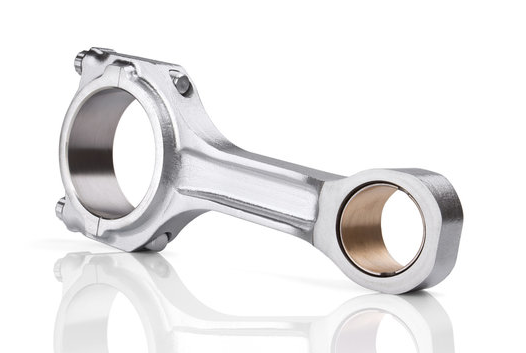Separating the piston from the connecting rod is a routine procedure performed during engine overhauls. This task may seem daunting, but with the right knowledge and tools, it can be accomplished smoothly. This guide elaborates on the process, the necessary equipment, and the key considerations.
Unraveling the Role of Pistons and Connecting Rods
Pistons and connecting rods are key components in internal combustion engines. The piston converts the expanding gas’s force into a rotational motion through the connecting rod, which transfers this motion to the crankshaft. When undertaking an engine rebuild or repair, it’s often necessary to separate the piston from the connecting rod.
Reasons for Separating Piston from Connecting Rod
Separating the piston from the connecting rod can be a part of several maintenance routines. It may be necessary to replace worn-out pistons or connecting rods, to inspect the components for damage, or to clean these parts during a thorough engine overhaul.

Essential Tools for the Separation Process
Performing this procedure requires certain specialized tools. You’ll need a piston pin removal tool or a press, circlip pliers if your piston uses circlips, a heat source (like a small propane torch), and standard protective gear.
How to Separate Piston from Connecting Rod
Separating the piston from the connecting rod involves carefully removing the piston pin (also known as a wrist pin) that holds the two components together. The process typically involves heating the piston (not the rod or the pin) to expand it and allow the pin to be pushed or pressed out with ease. Make sure to follow the specific service manual for your engine to avoid damaging the components.
Safety Considerations
Safety should always be prioritized when undertaking such tasks. Wear protective gear, handle the tools with care, and ensure that the work area is clean and well lit. Keep flammable materials away when using a heat source.
The Value of Properly Separating Pistons from Connecting Rods
Understanding how to separate a piston from a connecting rod with care can save you considerable time and money. It allows you to undertake certain repair tasks yourself and ensures the continued efficient operation of your engine. This knowledge is invaluable for anyone involved in mechanical work, from professional mechanics to DIY enthusiasts.